Palazzo Colonna, one of Rome’s oldest and largest private palaces, stands as a monumental symbol of Italy’s noble heritage. Its grandeur and historical significance tell a compelling story of Rome’s aristocracy, enduring through centuries of political turmoil, artistic expression, and architectural evolution. This article delves into the history, architecture, and cultural importance of Palazzo Colonna, a place that continues to captivate visitors and scholars alike.
The Origins of Palazzo Colonna
The history of Palazzo Colonna traces back to the 14th century, when construction began under the patronage of the Colonna family, one of Rome’s most influential noble houses. The Colonna family, whose origins date to the 12th century in the town of Colonna near Rome, quickly rose to prominence. They held key political and military positions, and their influence extended to the papacy, with multiple family members serving as cardinals, bishops, and even pope.
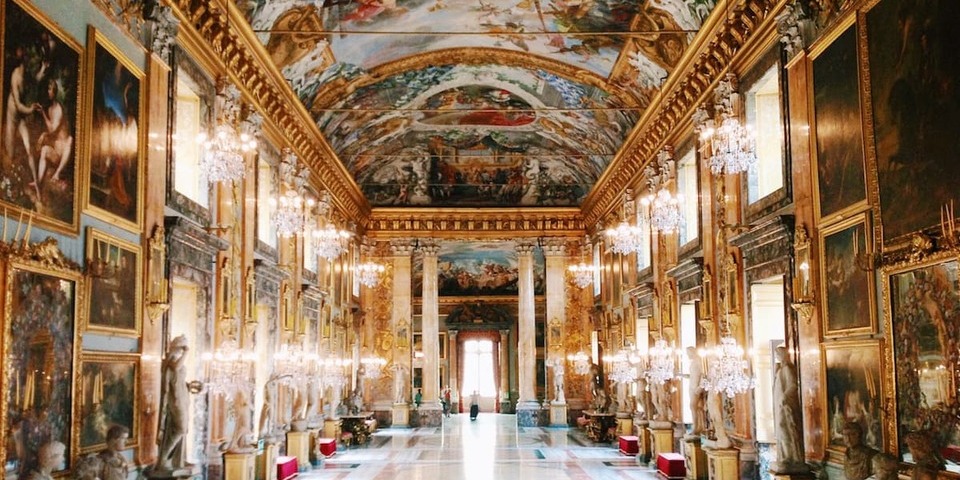
The palace was initially built to reflect the family’s elevated status in Rome, and it was expanded and remodeled over the centuries. As the Colonna family gained more power and wealth, the palace itself evolved, becoming a symbol of both their prosperity and their deep ties to the history and politics of Rome.
Architectural Evolution: A Blend of Styles
One of the most striking features of Palazzo Colonna is its architectural evolution, which blends medieval, Renaissance, and Baroque elements. The original structure was relatively modest, but successive generations of the Colonna family expanded and embellished the building, adding grandiose features that reflected the changing architectural tastes of the time.
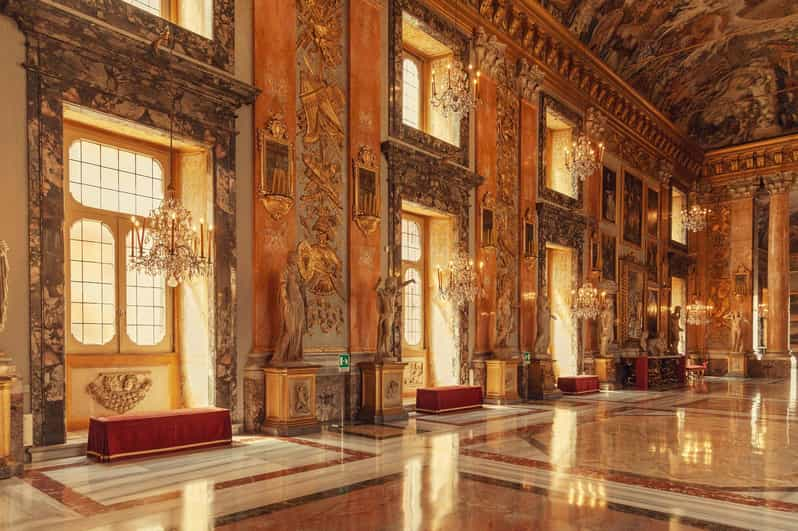
The palace’s design includes large courtyards, elegant galleries, and opulent salons. The interiors are adorned with frescoes, tapestries, and art collections, many of which were commissioned by the Colonna family themselves. These artworks, ranging from religious themes to mythological narratives, highlight the family’s wealth and cultural sophistication.
The family’s most notable contribution to the architectural grandeur of the palace is the Galleria Colonna, a vast hall lined with masterpieces by renowned artists such as Guido Reni, Caravaggio, and Pietro da Cortona. The Galleria is a prime example of Baroque architecture, showcasing intricate ceiling frescoes and elaborate stucco work that embody the opulence and artistic fervor of the period.
A Family Legacy: The Colonna’s Role in Rome’s History
The Colonna family’s impact on Rome extends far beyond their architectural contributions. Throughout the centuries, the family played an instrumental role in both religious and political life. Members of the family were deeply involved in the politics of the papacy and the Holy Roman Empire, often opposing rival families like the Orsini and Borgia factions.
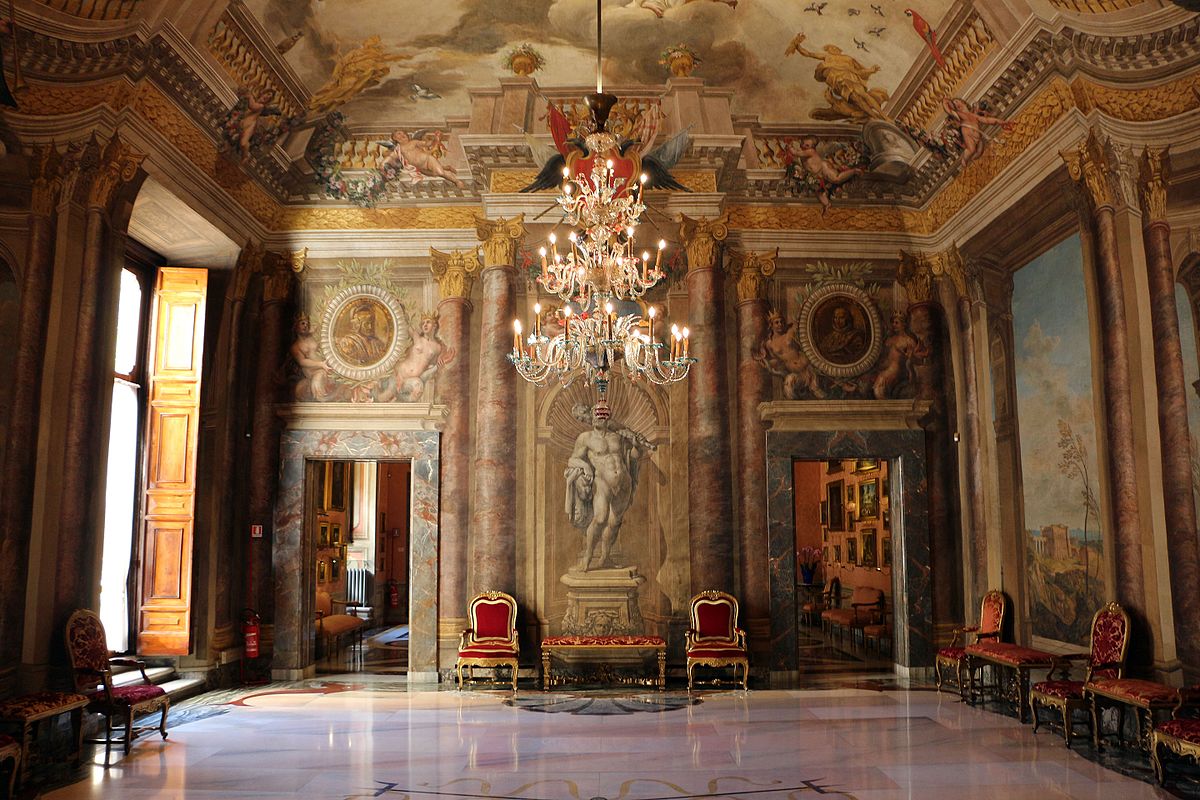
The Colonna family’s military prowess is also noteworthy. During the medieval period, the family was engaged in numerous wars and battles, including the infamous battle of the Colonna–Orsini conflict, which was one of the defining moments in the family’s rise to prominence.
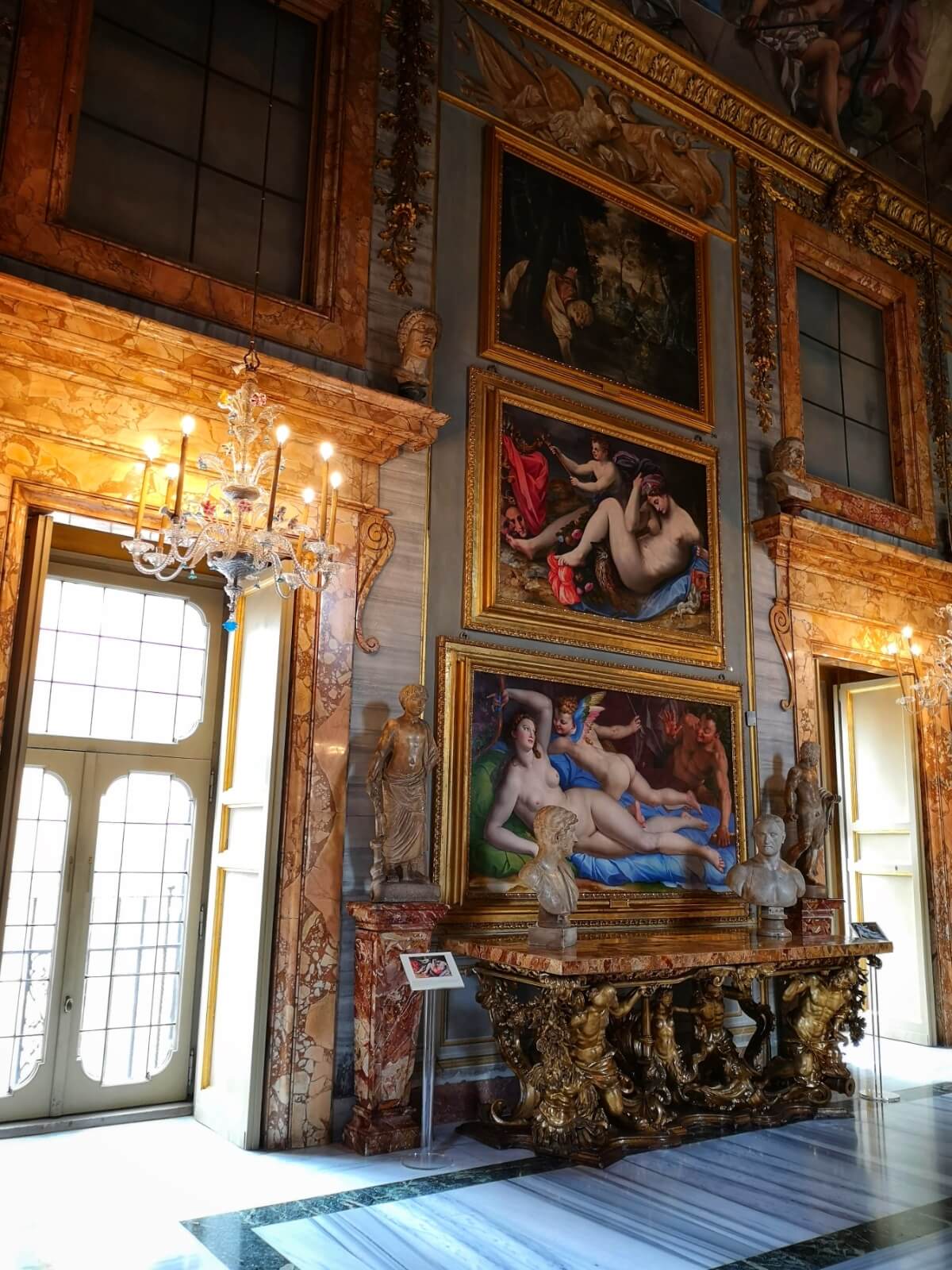
However, it wasn’t just political and military might that defined the Colonna family; they were also passionate patrons of the arts. Their palace became a center of artistic and intellectual activity, attracting artists, philosophers, and scholars from across Europe.
The Devastation and Restoration: A Resilient Legacy
Like many historical landmarks, Palazzo Colonna faced significant challenges during the 20th century. The most devastating event occurred during World War II. On February 2, 1944, Anglo-American aerial bombings severely damaged the palace, almost destroying centuries of history in a single moment. The palace, once a symbol of Roman nobility, lay in ruins, with its priceless art collections and architectural splendor threatened by the ravages of war.

Yet, the Colonna family’s commitment to preserving their legacy remained unwavering. By 1958, extensive restoration efforts began, focusing on reconstructing the palace’s historical structure while maintaining its original artistic and architectural integrity. The restoration, led by skilled craftsmen and architects, ensured that the palace’s grand halls, galleries, and frescoes were revived, bringing the building back to life while respecting its heritage.

Today, Palazzo Colonna stands as a testament to the resilience of Rome’s noble families and the enduring spirit of cultural preservation. The palace’s restoration not only saved a historical landmark but also reaffirmed the importance of heritage and legacy in shaping modern cultural identity.
Palazzo Colonna Today: A Cultural Treasure
In the present day, Palazzo Colonna is no longer just a private residence but a cherished cultural treasure. While the Colonna family still retains a connection to the palace, much of the building has been opened to the public as a museum and exhibition space. Visitors can explore the magnificent rooms and galleries, which house an impressive collection of art, including works by Caravaggio, Guido Reni, and Guercino.
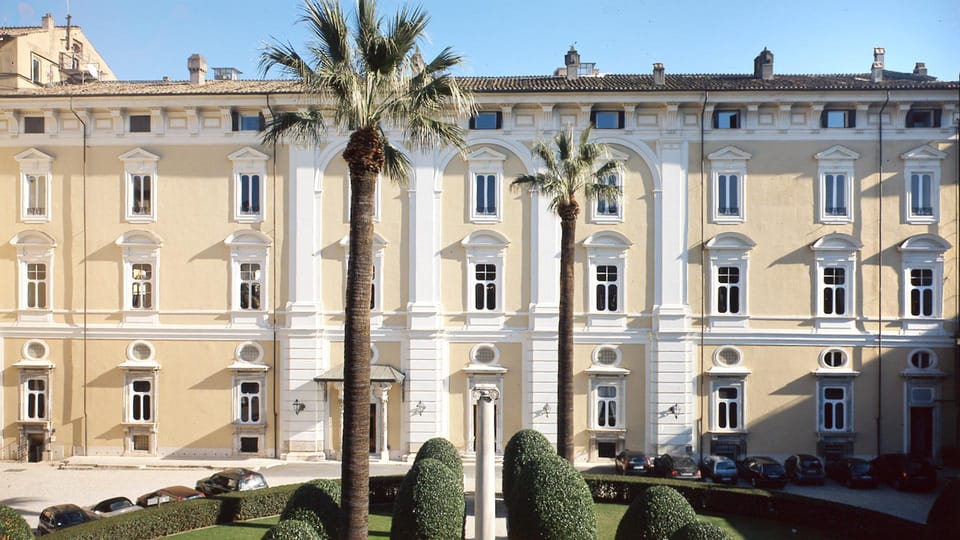
Additionally, Palazzo Colonna continues to serve as a venue for cultural events, exhibitions, and even weddings, allowing the public to engage with its history and appreciate its beauty. The palace also offers a glimpse into the opulent lifestyle of Rome’s aristocracy and their role in shaping the city’s artistic and political history.
Conclusion: A Timeless Symbol of Roman Nobility
Palazzo Colonna is more than just a building; it is a living monument to Rome’s noble past, a place where history, art, and architecture converge. From its origins as the seat of the powerful Colonna family to its near-destruction in World War II and subsequent restoration, the palace embodies resilience, cultural richness, and enduring legacy.
Today, as visitors wander through its grand galleries and ornate rooms, they are transported back in time, experiencing firsthand the magnificence of one of Rome’s most important aristocratic residences. Palazzo Colonna remains an enduring symbol of Rome’s noble legacy, its beauty and history continuing to inspire awe and admiration for generations to come.

